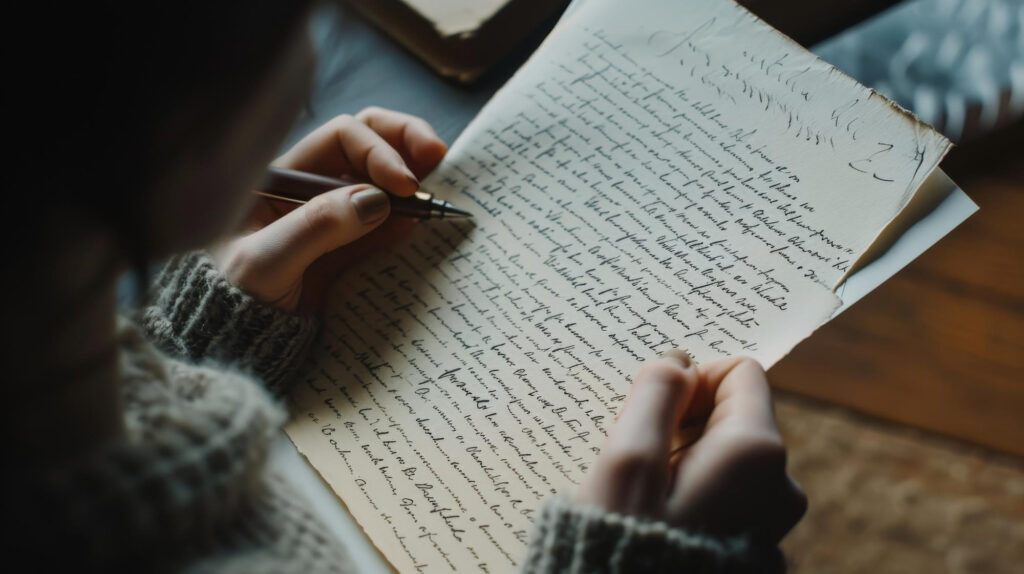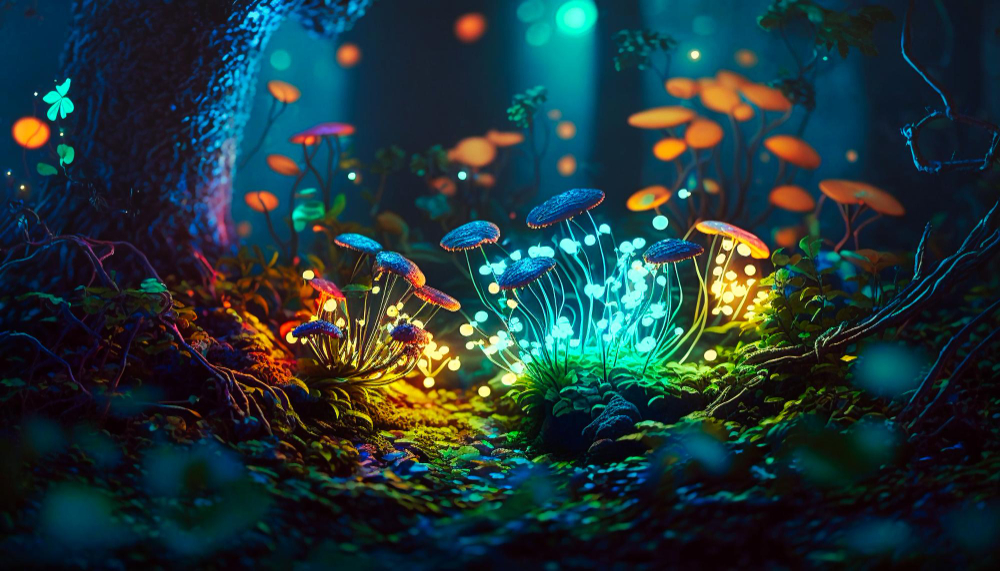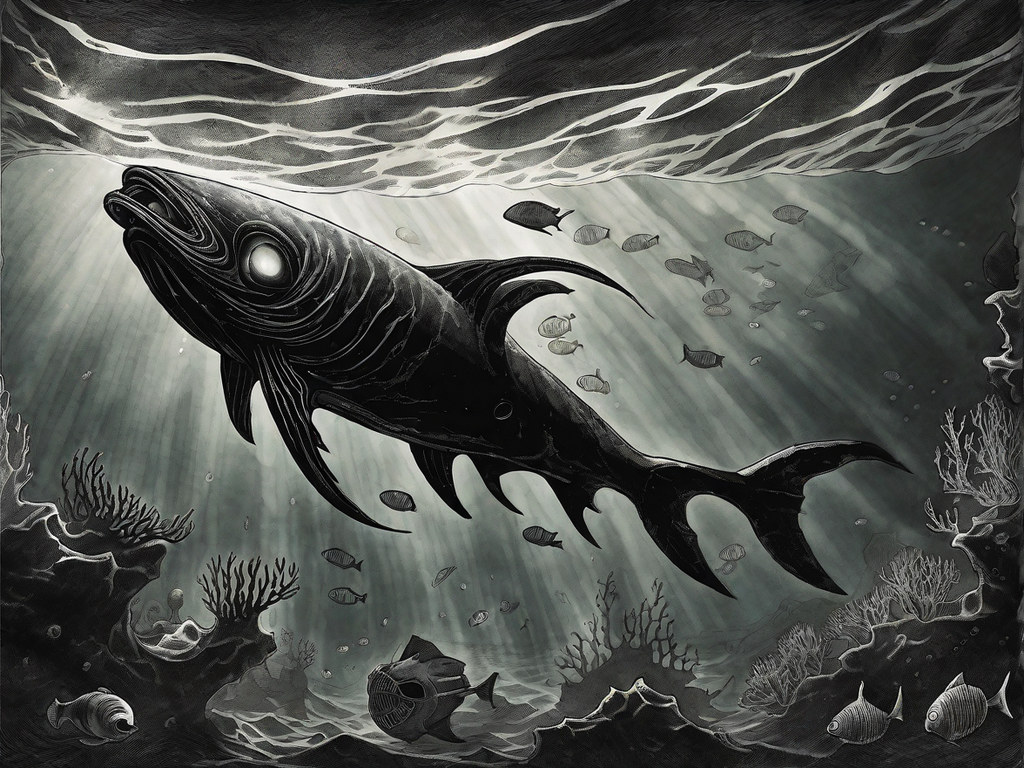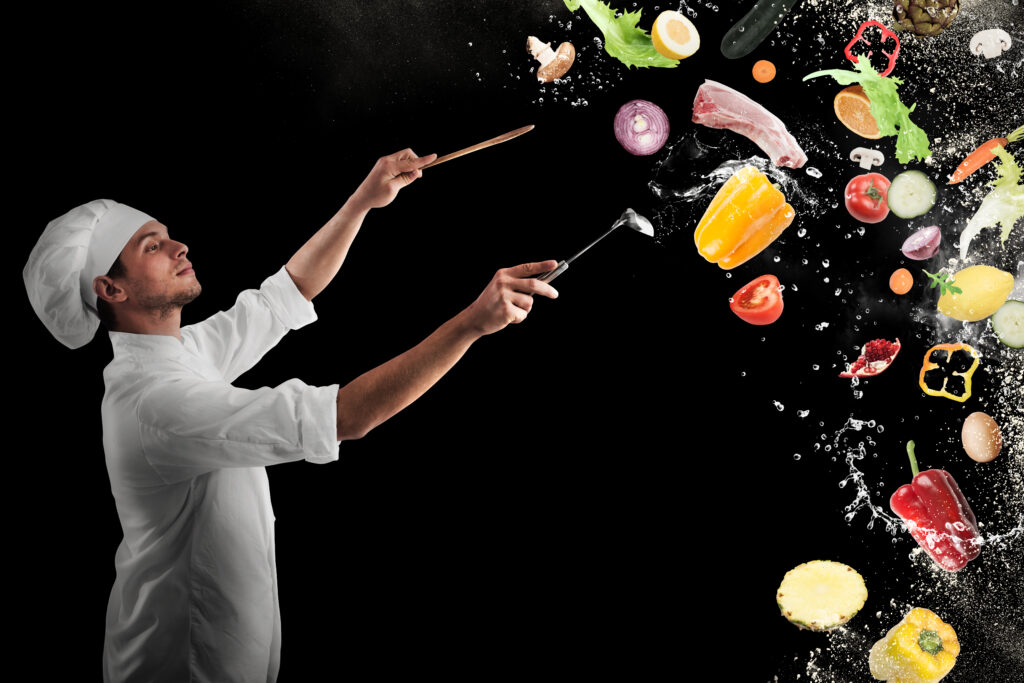In our fast-paced, technology-driven world, the art of letter writing has become somewhat of a forgotten treasure. With the prevalence of instant messaging and emails, the personalized touch of handwritten letters seems to have faded away. However, despite its decline, letter writing still holds enduring significance in our digital age.
Letter writing is more than just jotting down words on paper; it is a form of self-expression and a means to connect with others on a deep and personal level. In an era dominated by digital communication, the act of receiving a heartfelt letter can evoke emotions that are often lost in the confines of a screen.
Handwritten letters have the power to forge personal connections that are rooted in sincerity and authenticity. They convey a sense of effort and thoughtfulness that cannot be replicated through electronic messages. Whether it’s a love letter, a thank-you note, or a heartfelt apology, the act of sitting down and penning your thoughts allows you to convey your emotions with greater depth and meaning.

Furthermore, letter writing nurtures meaningful relationships by providing a tangible connection with loved ones, especially when distance separates us. Regular correspondence through letters allows us to keep in touch, to share our joys and sorrows, and to express our appreciation and support. It is a reminder that despite the physical distance, our emotions and love can transcend the constraints of time and space.
Letter writing is also a creative outlet that allows individuals to showcase their personality, style, and artistic talents. From the choice of stationery to unique penmanship and decorative touches, each letter becomes a work of art. The process of composing a letter becomes an opportunity for self-expression, enabling individuals to leave their mark and create something beautiful and meaningful.
Beyond its immediate impact, letter writing also holds historical and sentimental value. Handwritten letters provide a glimpse into personal and cultural histories, preserving the stories and experiences of our loved ones. They serve as cherished keepsakes that can be passed down through generations, carrying with them the emotions, memories, and legacies of those who came before us.
While the digital age has undoubtedly brought convenience and efficiency, it is essential not to overlook the enduring significance of letter writing. It allows us to connect on a personal level, to express ourselves creatively, and to preserve our stories and sentiments for future generations. So let’s regain the art of letter writing and rediscover the joy and impact of this timeless form of communication.
The Power of Personal Connection

Handwritten letters possess a unique power to establish personal connections and leave a lasting emotional impact. In today’s digital age, where communication is often brief and impersonal, the art of letter writing offers a refreshing and meaningful way to connect with others.
When we receive a handwritten letter, it immediately captures our attention. The time and effort put into crafting a letter by hand show a level of care and intention that cannot be replicated through digital means. As we read the carefully chosen words, thoughts, and emotions penned on paper, we feel a deeper connection to the sender.
“A handwritten letter is a piece of someone’s heart, beautifully transcribed onto paper. It holds a personal touch that goes beyond mere words.” – Emily Davis, Letter Writing Enthusiast
Unlike electronic messages that can be quickly composed, edited, and sent, a handwritten letter requires thoughtfulness and reflection. Choosing the right words, expressing genuine sentiments, and sharing personal stories all contribute to the emotional impact of the letter. This level of authenticity allows the recipient to feel valued, understood, and cared for.
The intimacy of receiving a handwritten letter creates a stronger bond between sender and recipient. It evokes nostalgia, reminding us of a time when communication was slower, more deliberate, and cherished. Handwritten letters have the power to elicit a range of emotions, from joy and gratitude to nostalgia and even tears, making them a truly impactful form of communication.
| Key Points | Description |
|---|---|
| Personal touch | Handwritten letters convey care and intention, establishing a personal connection. |
| Emotional impact | The thoughtful and heartfelt words of a handwritten letter can elicit a range of emotions and forge deep connections. |
| Authenticity | Unlike digital messages, handwritten letters require reflection and offer a genuine expression of thoughts and feelings. |
| Creating stronger bonds | The intimate nature of receiving a handwritten letter fosters a deeper connection between sender and recipient. |
The personal connection and emotional impact of handwritten letters make them a powerful tool for communicating love, gratitude, support, and understanding. They go beyond the transactional nature of quick digital messages and allow us to express our true selves in a tangible and heartfelt way.
Nurturing Meaningful Relationships
In our fast-paced, technology-driven world, it can be easy to lose touch with the people who matter most to us. However, letter writing offers a timeless and meaningful way to keep in touch and nurture relationships, even when distance separates us.
Regular correspondence through letters allows us to bridge the gap between loved ones, providing a tangible expression of our thoughts and emotions. Each letter becomes a cherished keepsake, a physical embodiment of the connection we share.
Letter writing goes beyond just exchanging words; it creates a unique space for us to express gratitude, offer support, and share life’s joys and sorrows. The act of putting pen to paper and carefully crafting a heartfelt message shows our loved ones that they hold a special place in our hearts.
“A letter is a deep and intimate conversation minus the distractions of technology.”
Through letter correspondence, we can navigate the complexities of life together, forming a deeper understanding and strengthening the bonds that unite us. It is in these shared experiences, emotions, and stories that true connections are forged, nurturing the seeds of meaningful relationships.
Letter writing creates an opportunity for reflection, allowing us to take the time to truly listen and respond to the thoughts and feelings of our loved ones. It fosters a sense of belonging and empathy, reinforcing the importance of human connection in an increasingly disconnected world.
Fostering Stronger Bonds
Keeping in touch through letter writing is a deliberate and intentional act that demonstrates our commitment to maintaining and nurturing our relationships. It shows our loved ones that they are worth the time and effort it takes to put pen to paper.
By regularly sharing our lives and experiences through letters, we build a foundation of trust and understanding. We celebrate milestones, offer encouragement, and provide the support that helps us grow together.
Table: The Power of Letter Writing
| Benefits | Description |
|---|---|
| Connecting Across Distances | Letters allow us to maintain connections and bridge the gap between loved ones, even when physical distance separates us. |
| Expressing Gratitude | Letter writing is a heartfelt way to express our appreciation and show gratitude for the presence of our loved ones in our lives. |
| Offering Support | Through letters, we can offer our unwavering support, providing comfort and encouragement during challenging times. |
| Sharing Life’s Joys and Sorrows | Letters allow us to share our experiences, both joyful and sorrowful, creating a sense of belonging and empathy in our relationships. |
| Strengthening Emotional Bonds | The act of letter writing fosters a deeper understanding and strengthens the emotional bonds that unite us. |
Letter writing is a testament to the enduring power of meaningful relationships. In a world filled with digital distractions, taking the time to connect through letters allows us to prioritize what truly matters and create lasting bonds that transcend time and distance.

A Creative Outlet and Self-Expression
In today’s fast-paced digital age, where technology dominates our daily lives, letter writing stands as a timeless art form, offering a unique creative outlet for self-expression. It allows individuals to break free from the confines of digital communication and embrace the tactile experience of penmanship, stationery, and decorative touches.
Letter writing is a canvas for self-expression, where the writer can showcase their personality, style, and artistic talents. From the choice of stationery to the unique penmanship, each element adds a personal touch, turning a simple letter into a work of art. The act of selecting paper, ink color, and envelopes allows individuals to curate a sensory experience, reflecting their individuality and conveying their emotions in a way that goes beyond words.
Embracing creativity in letter writing brings joy and satisfaction to both the sender and the recipient. The writer experiences the therapeutic benefits of self-expression, as they pour their thoughts and emotions onto paper. It becomes a sanctuary where they can freely express themselves, unfiltered and unrestricted. The recipient, on the other hand, receives a tangible manifestation of the sender’s creativity, a heartfelt message that captures the sender’s essence, fostering a deeper connection between the two.
Letter writing as an art form not only serves as a creative outlet but also cultivates a sense of mindfulness and intentionality in our communication. It encourages us to slow down, be present, and craft our words with care. In a world inundated with quick and transient online messages, the time and effort put into a handwritten letter speak volumes about the sender’s regard for the recipient, making it a cherished keepsake.
“In letter writing, I find a canvas for my soul’s expression. The stroke of my pen becomes an instrument of creativity, allowing me to paint my thoughts and emotions on paper. It is a cathartic experience, a moment of self-discovery and self-expression.” – Jane Smith, letter writing enthusiast
The Artistry of Letter Writing
Within the realm of letter writing, creativity knows no bounds. Here are some ways individuals infuse creativity into their correspondence:
- Artistic Penmanship: Writers experiment with various writing styles, incorporating loops, flourishes, and unique letterforms to create visually captivating scripts.
- Unique Stationery: From delicate, handmade papers to vintage-inspired designs, the choice of stationery adds charm and individuality to each letter.
- Sealing Wax and Stamps: Adding a touch of old-world elegance, sealing wax and stamps lend a sense of tradition and sophistication to the envelope.
- Illustrations and Doodles: Drawing sketches, adding watercolor accents, or adorning the margins with small doodles brings a playful and artistic element to the letter.
- Collage and Mixed Media: Artists incorporate elements of collage, using images, snippets of poetry, or pressed flowers to create visually stunning compositions.
These creative expressions not only elevate letter writing into an art form but also deepen the emotional impact on both the writer and the recipient. They turn a simple letter into a cherished memento, a tangible representation of the sender’s creativity, and an enduring symbol of their connection.
| Benefits of Letter Writing as a Creative Outlet | Benefits of Self-Expression through Letter Writing |
|---|---|
|
|
Preserving History and Sentimental Value
Handwritten letters hold a unique place in our hearts and memories, not just as a means of communication but as cherished keepsakes that preserve history and hold sentimental value. These tangible pieces of written art provide a tangible connection to our past, allowing us to glimpse into the lives and stories of those who came before us.
Through handwritten letters, we can understand the thoughts, emotions, and experiences of our ancestors, gaining insight into their hopes, dreams, and challenges. Each stroke of the pen reflects their personality, their penmanship a visual representation of their individuality. These letters become windows to our shared heritage, offering a profound connection to our familial and cultural history.
As handcrafted pieces of personal expression, handwritten letters hold a sentimental value that cannot be replicated by digital means. They serve as reminders of significant moments, milestones, and emotions shared between loved ones. Whether it is a love letter, a heartfelt apology, or a thank-you note, each word on paper bears the weight of deep emotion and authenticity, strengthening the bond between sender and recipient.
Handwritten letters transcend time and technology, acting as tangible symbols of love, friendship, and human connection. They become treasured keepsakes that can be passed down through generations, carrying with them the legacy of our ancestors and the stories that shaped us. In a world characterized by rapid digital communication, the handwritten letter remains a testament to the enduring power of preserving history and sentimental value.


































